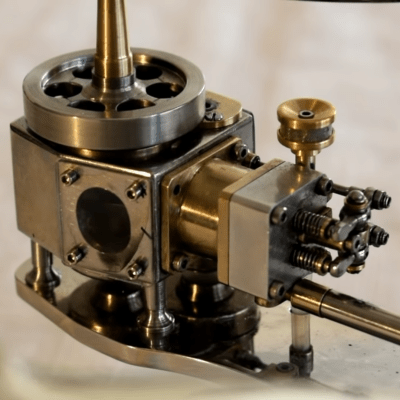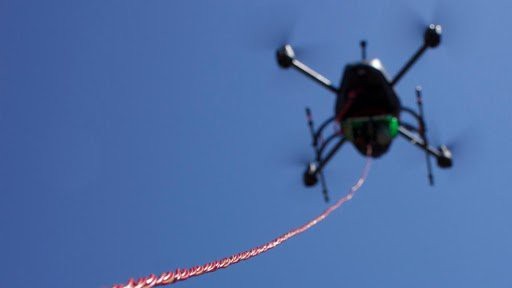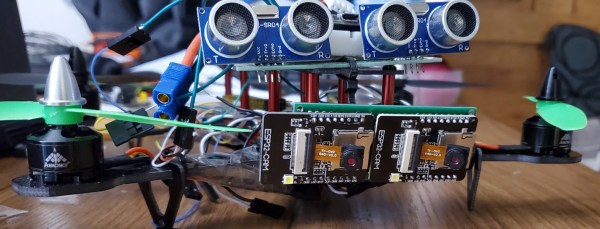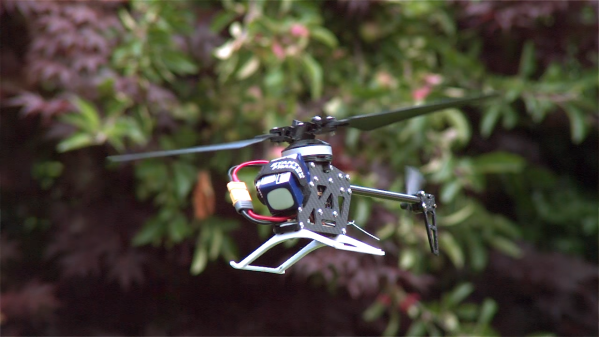In case you needed more confirmation that we’re living in the future, a flight on approach to Los Angeles International Airport on Sunday night reported “a guy in a jet pack” flying within about 300 yards of them. A second pilot confirmed the sighting. It’s worth watching the video after the break just to hear the recordings of the conversation between air traffic control and the pilots.
The sighting was reported at about 3,000 feet which is an incredible height for any of the jet packs powerful enough to carry humans we’ve seen. The current state of the art limits jet pack tech to very short flight times and it’s hard to image doing anything more than getting to that altitude and back to the ground safely. Without further evidence it’s impossible to say, which has been an ongoing problem with sightings of unidentified flying objects near airports.
While superheros (or idiots pretending to be superheros) flying at altitude over the skies of LA sounds far fetched, the RC super hero hack we saw nine years ago now comes to mind. At 300 yards, that human-shaped drone might pass for an actual person rather than a dummy. This is of course pure speculation and we don’t want to give the responsible members for the RC aircraft community a bad name. It could have just as easily been trash, balloons, aliens, or Mothra. Or perhaps the pilot was correct and it was “some guy” flying past at 3,000 feet. That’s not impossible.
We anxiously await the results of the FAA’s investigation on this one.
Continue reading ““A Guy In A Jet Pack” Reported Flying Next To Aircraft Near LAX”























